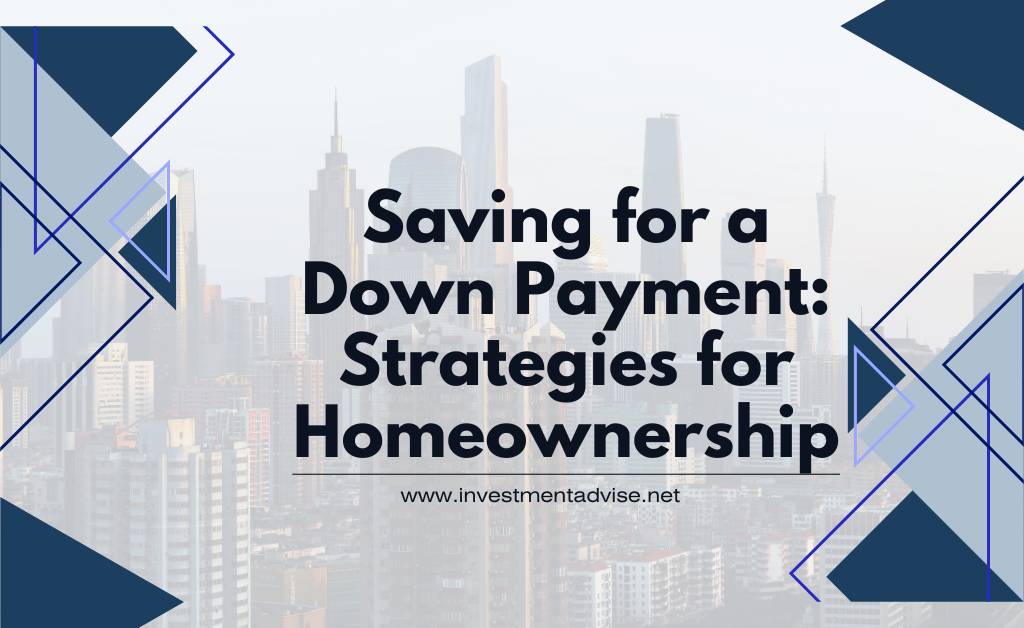Owning a home is a significant milestone for many people. It’s a symbol of stability, investment, and the American Dream. However, the journey to homeownership often starts with a crucial step: saving for a down payment. While it may seem daunting, with careful planning and discipline, you can achieve this goal and unlock the door to your dream home.
Understanding the Down Payment
Before diving into saving strategies, it’s essential to grasp the concept of a down payment. It’s typically a percentage of the home’s purchase price that you pay upfront. The standard down payment is 20%, but there are loan programs available with lower requirements, such as FHA loans. The size of your down payment can influence factors like your mortgage interest rate and monthly payments.
Setting Realistic Goals
The first step towards saving for a down payment is to establish clear and achievable goals. Determine the price range of homes you’re targeting and calculate the corresponding down payment amount. Consider your current financial situation, income, and expenses to set a realistic timeline for saving. Breaking down your goal into smaller, monthly savings targets can make the process less overwhelming.
Creating a Budget
A well-structured budget is the cornerstone of saving for a down payment. Track your income and expenses meticulously to identify areas where you can cut back. Prioritize essential expenses like housing, utilities, and groceries while minimizing discretionary spending on dining out, entertainment, and subscriptions. Consider using budgeting apps or spreadsheets to streamline the process.
Boosting Your Income
While cutting expenses is crucial, increasing your income can significantly accelerate your savings. Explore opportunities for additional income, such as freelancing, part-time jobs, or renting out unused space. Selling unwanted possessions can also generate extra funds.
High-Yield Savings Accounts
Once you’ve established a steady income stream, it’s essential to choose the right savings account. High-yield savings accounts offer higher interest rates than traditional savings accounts, allowing your money to grow faster. Research different banks and credit unions to find the best rates and terms.
Automate Your Savings
One of the most effective ways to save consistently is by automating your savings. Set up automatic transfers from your checking account to your savings account on payday. This way, you’ll save without even thinking about it.
Down Payment Assistance Programs
Explore government and local programs that offer down payment assistance to first-time homebuyers. These programs can provide grants or low-interest loans to help you cover a portion of your down payment. Research available options in your area.
Alternative Down Payment Options
In some cases, you may qualify for alternative down payment options. These may include gift funds from family or friends, or using your retirement savings (with potential penalties). Carefully consider the pros and cons of these options before making a decision.
Stay Patient and Persistent
Saving for a down payment requires discipline and patience. It’s essential to stay motivated and focused on your long-term goal. Avoid dipping into your savings for non-essential purchases. Celebrate your milestones along the way to stay encouraged.
Conclusion
Saving for a down payment is undoubtedly a challenge, but it’s a worthwhile investment in your future. By following these strategies and maintaining financial discipline, you can achieve your homeownership dreams. Remember, every dollar saved brings you closer to the keys to your own front door.
Additional Tips:
- Consider rooming with a friend or family member to reduce housing costs.
- Cook at home more often to save on dining out expenses.
- Use public transportation or carpool to reduce transportation costs.
- Negotiate your bills (cable, internet, phone) to lower monthly payments.
By combining these tips with the strategies outlined above, you can significantly boost your savings and accelerate your journey to homeownership.








